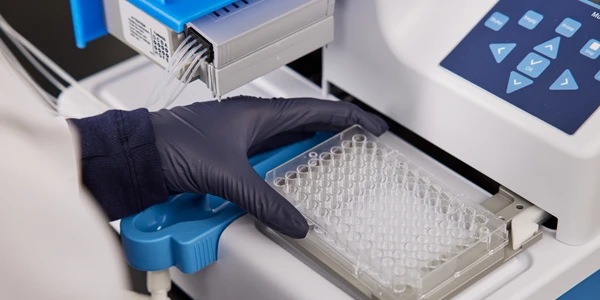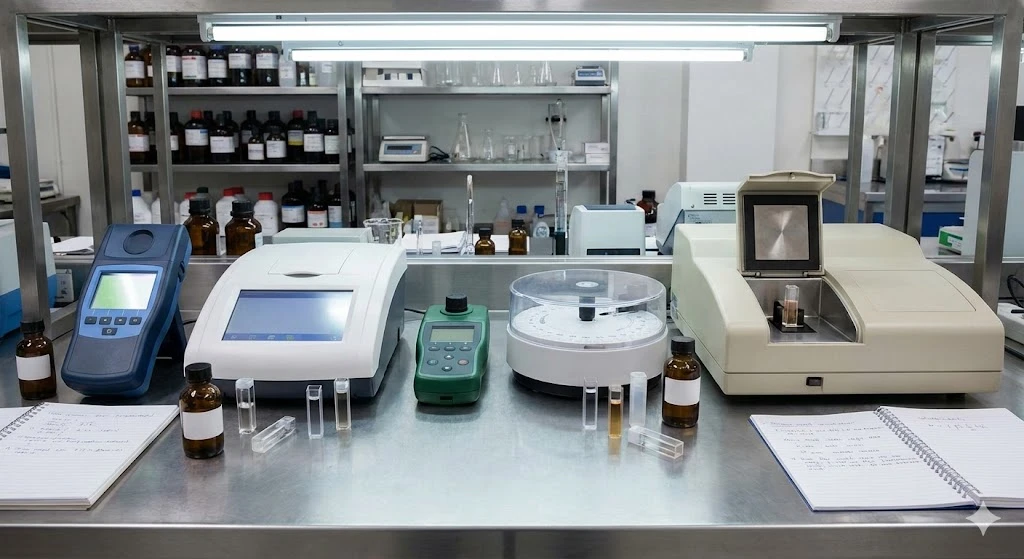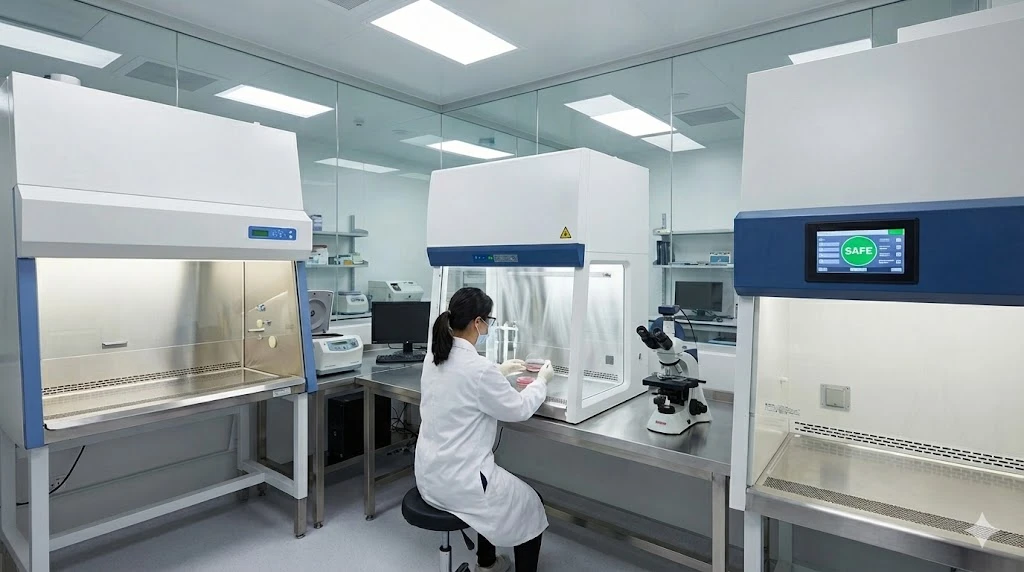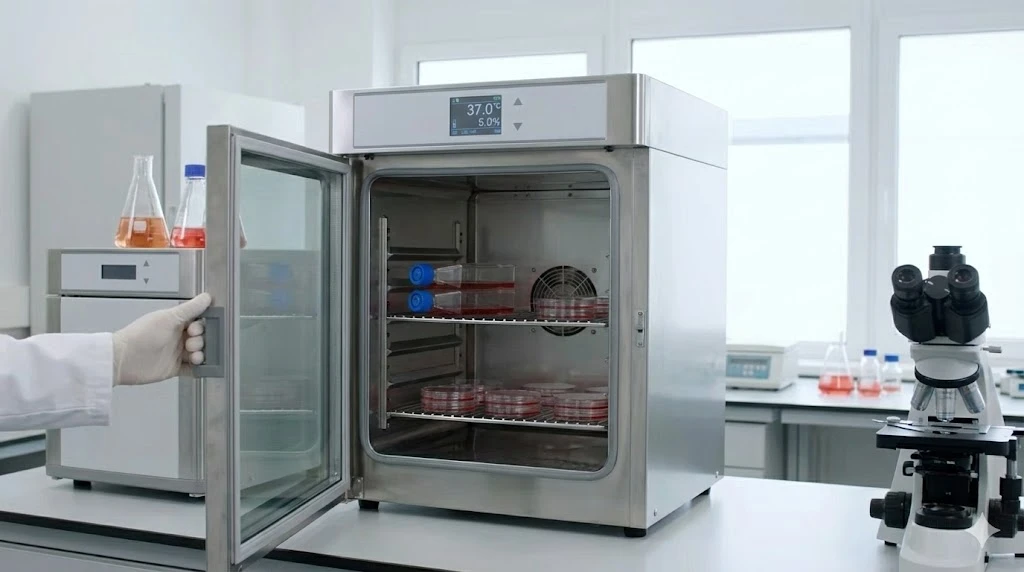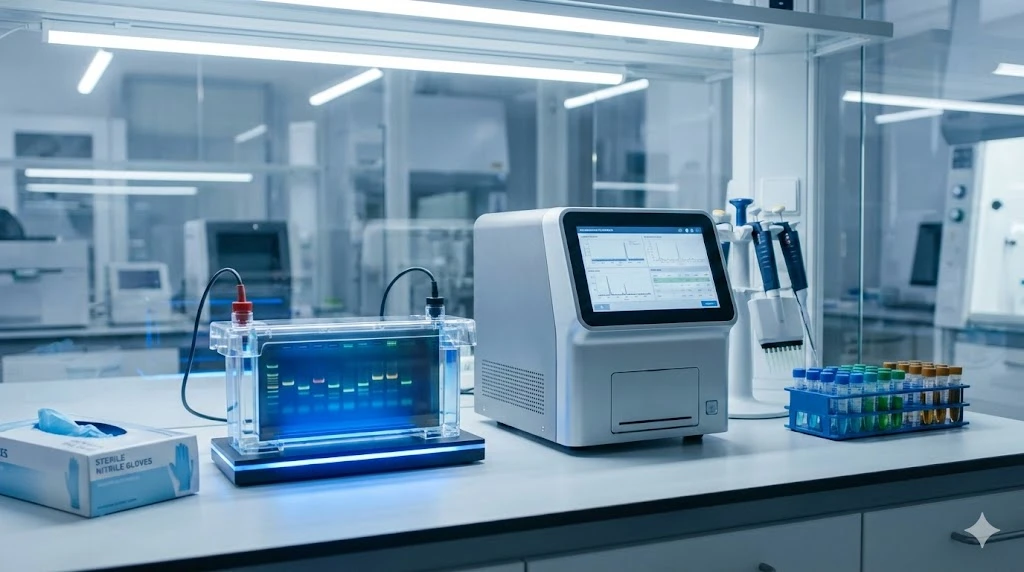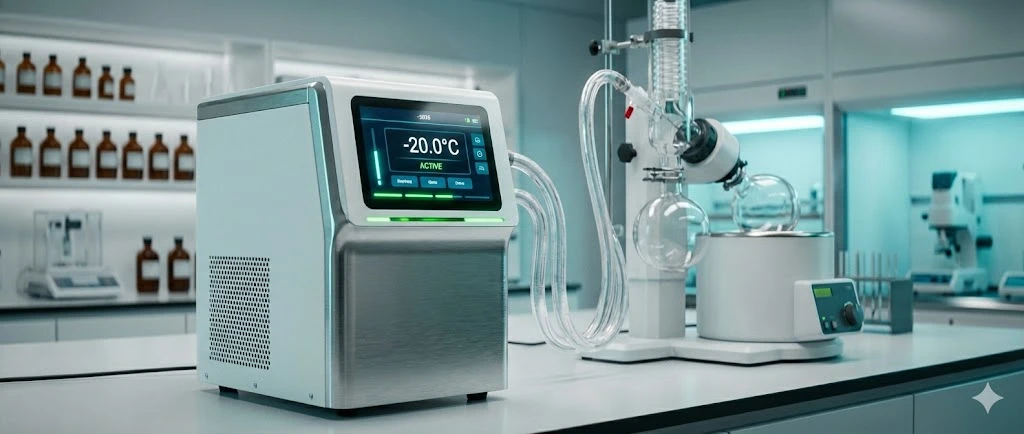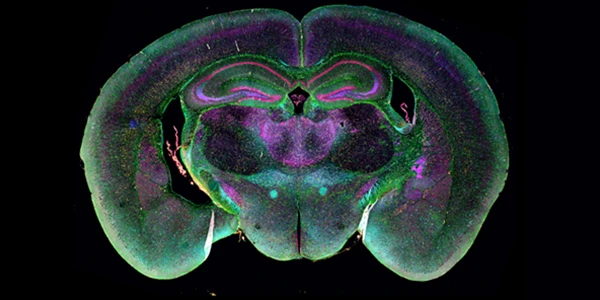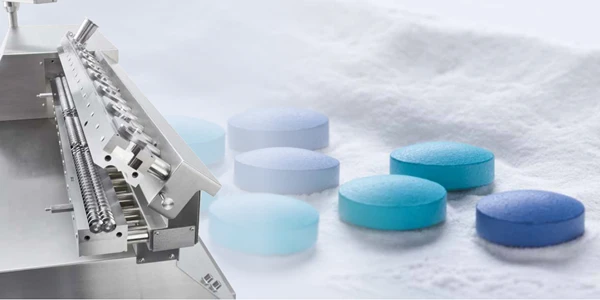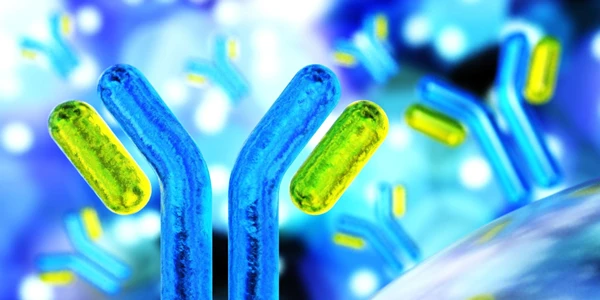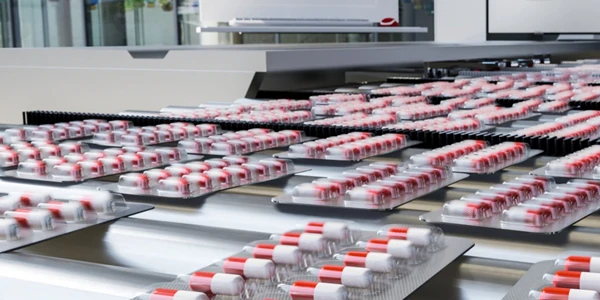Gamma Counters in Nuclear Medicine: Technology, Applications, and Best Practices for Radioactivity Measurement
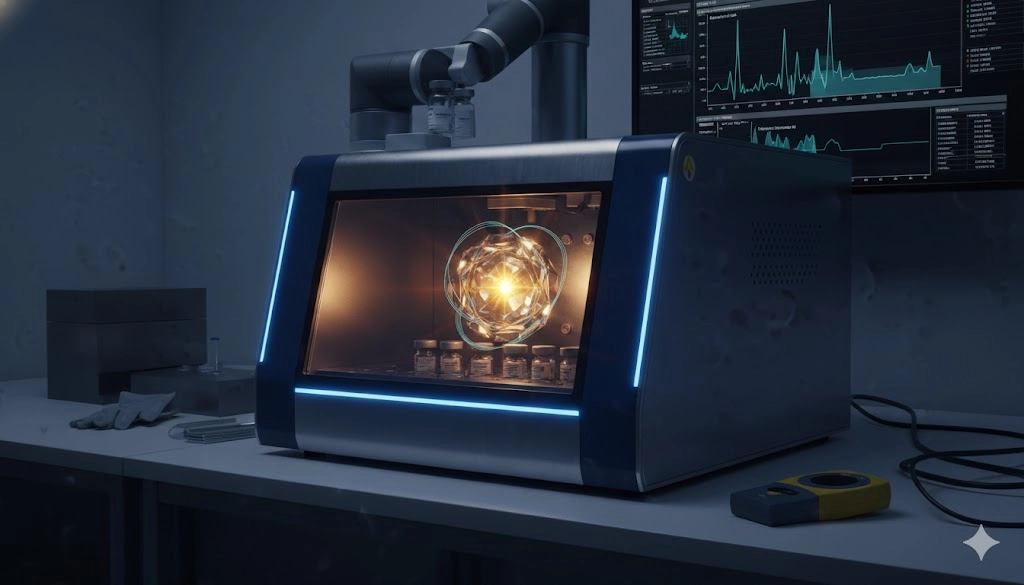
GEMINI (2025)
Precise measurement of radioactivity is foundational to analytical workflows across nuclear medicine and life science research, necessitating specialized instrumentation that provides both sensitivity and reliability. Gamma counters are indispensable tools in these environments, enabling the accurate quantification of gamma-emitting radionuclides in both biological and environmental samples. The utility of the gamma counters extends across clinical diagnostics, pharmaceutical development, and fundamental biological research, making their correct implementation and maintenance critical for scientific outcomes and regulatory compliance within the modern laboratory setting. This comprehensive overview examines the underlying technology, core applications, and essential operational procedures that define best practices for this critical equipment.
The Fundamental Technology and Operation of Gamma Counters
The function of a gamma counter relies on the principle of scintillation. This is where the energy of an incident gamma ray is converted into a measurable light pulse. The heart of the instrument is typically a thallium-doped sodium iodide crystal, NaI(Tl). When a gamma photon interacts with the NaI(Tl) crystal, the energy transfer causes the crystal to emit a flash of light, or scintillation. The intensity of this light flash is directly proportional to the energy deposited by the gamma ray.
Detection Mechanism and Signal Processing
The detection process is intricate, involving several critical steps to transform a photon interaction into a quantifiable count:
Gamma Ray Interaction: Gamma rays enter the crystal and interact primarily through the photoelectric effect, Compton scattering, or pair production. The photoelectric effect is the most desirable interaction, as it deposits the full energy of the gamma ray, leading to a peak in the energy spectrum (the photopeak).
Scintillation: The energy released from the interaction is converted into thousands of light photons by the NaI(Tl) crystal.
Photomultiplier Tube (PMT) Amplification: The light photons strike the photocathode of a PMT, which generates electrons via the photoelectric effect. These electrons are then accelerated and multiplied through a series of dynodes. This process results in an electrical pulse that is significantly amplified.
Pulse-Height Analysis: The amplified electrical pulse's height is proportional to the original gamma ray energy. A pulse-height analyzer (PHA) sorts these pulses based on their amplitude, creating an energy spectrum.
Window Setting and Counting: Electronic discriminators define the energy window. This window is set precisely around the characteristic photopeak of the radionuclide of interest. Only pulses that fall within this defined energy window are counted. This step effectively excludes noise, background radiation, and pulses from lower-energy Compton scatter events.
System Configuration and Sample Geometry
Modern gamma counters are generally categorized as single-well or multi-well systems, facilitating different levels of throughput. Single-well counters offer high-precision measurements but are unsuitable for high-throughput assays. Multi-well gamma counters incorporate multiple detectors (often up to 10 or more) arranged in a linear or matrix fashion, allowing simultaneous measurement of multiple samples.
The efficiency of any gamma counter is heavily dependent on the geometry of the sample relative to the detector. Most systems employ a "well-type" detector configuration, where the detector crystal has a central cavity to surround the sample. This geometry maximizes the solid angle subtended by the detector, drastically improving counting efficiency and sensitivity compared to external or flat-crystal detectors. Optimal efficiency is achieved when the sample volume is precisely matched to the detector's well dimensions, minimizing dead space and ensuring consistency across all measurements.
Distinguishing Gamma Counters and Scintillation Counters: A Methodological Comparison
In laboratory environments focused on radionuclide quantification, the distinction between gamma counters and scintillation counters is crucial, as their underlying principles and application spaces differ significantly based on the type of emission they detect. Both instruments rely on the scintillation phenomenon but are optimized for distinct forms of ionizing radiation.
Liquid Scintillation Counting (LSC)
Liquid scintillation counters (LSCs) are primarily designed for measuring low-energy beta emitters and pure alpha emitters. The fundamental difference lies in the sample preparation and detection medium:
Detection Medium: In LSC, the radioactive sample is mixed directly with a liquid scintillation cocktail. The cocktail contains organic scintillating molecules (fluors).
Mechanism: The radiation (typically beta particles) interacts with the cocktail, causing the solvent molecules to transfer energy to the fluors, which then emit light pulses.
Quenching: A significant challenge in LSC is "quenching," where chemical or color impurities in the sample interfere with the light production or transmission, reducing counting efficiency. Extensive correction algorithms must be applied to account for this energy loss.
External Shielding: LSC systems typically require robust external light shielding and often feature coincidence counting electronics to minimize noise, as the low-energy beta emissions produce very small light pulses.
Gamma Counter Characteristics
In contrast, gamma counters are optimized for high-energy electromagnetic radiation:
Detection Medium: Gamma counters utilize a solid, inorganic scintillator, specifically the NaI(Tl) crystal, which is physically separate from the sample.
Mechanism: Gamma rays pass through the sample vessel and interact directly with the high-density crystal, eliminating the need for a scintillation cocktail.
Sample Preparation: Sample preparation is significantly simpler, involving placement of the sealed sample tube directly into the detector well. This avoids the generation of mixed radioactive/organic liquid waste and the complexity of chemical quenching correction.
Application Focus: The primary isotopes measured by gamma counters include Iodine-125, Cobalt-57, Chromium-51, and Technetium-99m, all of which are essential in nuclear medicine procedures.
Feature | Gamma Counters | Liquid Scintillation Counters (LSC) |
|---|---|---|
Primary Target Radiation | Gamma rays (photons) and X-rays | Beta particles and Alpha particles |
Detector Material | Solid inorganic crystal (Thallium-doped NaI) | Liquid scintillation cocktail (organic fluors) |
Sample Configuration | Sealed tube placed in a detector well (4$\pi$ geometry) | Sample mixed directly with scintillation cocktail |
Major Correction Factor | Background subtraction, decay correction | Quenching correction (chemical, color) |
The distinction highlights that the choice between gamma counters and scintillation counters is fundamentally determined by the radioisotope employed in the assay and its primary decay mode. While LSC provides superior sensitivity for weak beta emitters, the simplified sample handling and energy specificity of gamma counters make them the preferred standard for quantifying high-energy gamma emissions in high-throughput diagnostic and research settings.
Operational Excellence: Calibration, Quality Control, and Choosing a Gamma Counter
Maintaining the analytical integrity of radiation measurements requires rigorous adherence to strict operational protocols, particularly concerning instrument calibration and quality control. For any professional laboratory, the selection, calibration, and routine testing of gamma counters represent a core component of overall quality assurance.
The Necessity of Calibration
Calibration establishes the quantitative relationship between the energy deposited in the detector crystal and the electrical pulse height generated. A proper calibration ensures that the measurement window is accurately centered on the photopeak of the radionuclide being measured.
Energy Calibration: A known standard source (e.g., Cesium-137 or Cobalt-57) is used. This standard emits gamma rays at precise, well-defined energies. The PHA is adjusted to ensure the standard's photopeak falls exactly at the expected channel number on the energy spectrum. Linear or polynomial fitting is often applied to establish the relationship between pulse height and energy across the spectrum. This entire step is critical for accurate discrimination and minimizing interference from scatter or other radionuclides.
Efficiency Calibration (Activity Calibration): This calibration determines the detection efficiency. Efficiency is defined as the fraction of actual decays occurring in the sample that result in a counted event. It requires a certified, traceable source with a precisely known activity. Factors like crystal size, detector well geometry, sample matrix, and energy window settings influence efficiency. The resulting efficiency factor is essential for converting counts per minute (CPM) into true disintegration per minute (DPM) or activity units (Bq/Ci).
Essential Quality Control Protocols
Routine Quality Control (QC) confirms the stability and performance of the gamma counter between full calibrations.
Background Count: Daily or before each run, a blank sample (water or assay buffer) is counted to determine the background radiation level. This measurement is subtracted from all subsequent sample counts to obtain net counts. This action minimizes the impact of cosmic radiation and surrounding environmental sources.
Source Check (Daily/Shift Check): A long-lived check source (often Cesium-137) is counted to verify the stability of the detector's high-voltage setting and the PHA. The measured count rate is compared to a predetermined acceptable range. A deviation suggests drift in the PMT gain or the high-voltage supply. Such drift necessitates instrument recalibration.
Resolution Test: This determines the detector's ability to distinguish between two gamma rays of slightly different energies. It is calculated by measuring the Full Width at Half Maximum (FWHM) of the photopeak and is an indicator of the overall health of the NaI(Tl) crystal and the PMT system.
Principles for Choosing a Gamma Counter
The selection process for a new gamma counter must align with the laboratory's specific workflow and throughput demands, particularly in environments focused on high-throughput screening.
Detector Throughput and Configuration: For high-volume clinical and research assays (e.g., hormonal RIAs), a multi-well counter capable of simultaneous counting is mandatory. The number of wells (typically 1 to 10) determines the speed of analysis. For smaller, highly specialized research labs, a simpler, single-well unit might suffice, prioritizing sensitivity over speed.
Counting Efficiency and Background: A high counting efficiency (the ratio of measured counts to actual decays) and a low intrinsic background are desirable. These metrics directly impact the limit of detection (LOD) and the overall counting error, ensuring superior measurement quality, especially for low-activity samples.
Energy Resolution and Multi-Isotope Capability: The ability of the gamma counter to accurately resolve different gamma energies dictates its capacity for simultaneous multi-isotope assays. Better resolution minimizes crosstalk or spillover between energy windows.
Automation and Software Integration: For high-throughput screening, look for advanced automation features, including robotic sample handlers, barcode reading capabilities for sample tracking, and sophisticated software that supports decay correction, complex curve fitting, and direct data integration with Laboratory Information Management Systems (LIMS). The software must provide robust tools for quality control monitoring and record keeping.
Key Applications of Gamma Counters in Research and Clinical Diagnostics
The precise measurement capabilities of gamma counters have cemented their role in numerous scientific disciplines, ranging from fundamental biochemistry to routine clinical diagnostics. The instrument's ability to quantify specific radionuclides in complex biological matrices allows for highly sensitive and specific assays, making them crucial for high-throughput screening in various laboratory settings.
Radioimmunoassay (RIA) and Immunoradiometric Assay (IRMA)
The cornerstone application for gamma counters remains the in-vitro measurement of hormones, tumor markers, and other analytes using immunological techniques.
Radioimmunoassay (RIA): Developed in the late 1950s, RIA is a competitive binding assay where a fixed amount of radiolabeled tracer competes with the unlabeled analyte in the patient sample for binding sites on a specific antibody. The radioactivity in the bound fraction, measured by the gamma counter, is inversely proportional to the concentration of the unlabeled analyte in the sample. Its high sensitivity makes it ideal for measuring analytes present in trace quantities, such as specific thyroid hormones or drug levels.
Immunoradiometric Assay (IRMA) / Sandwich Assays: This non-competitive assay, often referred to as a "sandwich" technique, employs two antibodies. One antibody is fixed to the solid phase (e.g., the wall of the counting tube), and the other is radiolabeled with a gamma emitter. The analyte in the sample bridges the two antibodies. In IRMA, the measured radioactivity is directly proportional to the analyte concentration. IRMA typically offers better sensitivity and a wider dynamic range than competitive RIA.
In-Vitro and In-Vivo Sample Analysis
Beyond standard immunological assays, gamma counters are vital for specialized applications involving biological uptake, clearance, and cellular function studies:
Chromium-51 Release Assay: Used to measure cell-mediated cytotoxicity. Target cells are labeled withChromium-51. When immune effector cells kill the targets, the
Chromium-51 is released into the supernatant. The radioactivity in the supernatant, quantified by the gamma counter, directly measures the extent of cell lysis.Schilling Test: A classic example in hematology, the Schilling test uses radiolabeled Vitamin B12 (typically Cobalt-57 or Cobalt-58) to assess gastrointestinal absorption. Urine samples collected over 24 hours are counted to determine the patient's ability to absorb the labeled vitamin, essential for diagnosing pernicious anemia.
Receptor Binding Studies: In pharmaceutical research, radiolabeled ligands are used to quantify receptor density and binding affinity in tissue homogenates or cell cultures. High-throughput binding assays require multi-well gamma counters for rapid and simultaneous processing of numerous samples, accelerating drug discovery efforts.
The Role in High-Throughput Screening
The modern requirement for rapid processing of large batches of samples has driven the evolution of gamma counters toward highly automated, multi-detector systems optimized for high-throughput screening (HTS).
Increased Efficiency: By simultaneously counting up to ten or more samples, these units drastically reduce the total counting time, directly increasing the overall productivity of diagnostic and research laboratories.
Automated Sample Handling: Integration with automated plate readers and robotic systems minimizes human handling error and ensures consistency in counting geometry, which is paramount for achieving reliable HTS results.
Data Integrity: Robust HTS-optimized software, as previously noted, handles rapid data acquisition, complex decay corrections for multiple isotopes, and seamless data transfer, maintaining the integrity of large datasets generated during screening campaigns.
Essential Safety Guidelines and Best Practices for Handling Radiopharmaceuticals
The use of gamma counters necessarily involves the handling of unsealed sources of gamma-emitting radioisotopes, imposing a stringent requirement for adherence to safety guidelines and regulatory best practices. The primary objective is to minimize radiation exposure and prevent the spread of contamination.
The ALARA Principle
All laboratory work with radiopharmaceuticals must be guided by the principle of ALARA: As Low As Reasonably Achievable. This principle mandates a proactive approach to minimizing external and internal radiation exposure through the strategic use of time, distance, and shielding.
Time: Minimize the duration spent near sources of radiation. Efficient workflow planning and the use of automated systems for high-throughput screening are effective strategies to reduce handling time.
Distance: Radiation intensity decreases sharply with distance (inverse-square law). Handle sources with tongs or forceps and maintain the maximum practical distance from the radioisotope.
Shielding: High-density shielding is mandatory for gamma emitters.
Local Shielding: When preparing samples for the gamma counter, lead or tungsten barriers should be utilized for benchtop work to protect the extremities and the torso.
In-Instrument Shielding: The gamma counter itself is designed with thick lead shielding around the detector(s) to reduce background radiation and prevent crosstalk between detectors in multi-well units. This shielding also ensures that the instrument itself does not pose an external exposure hazard to personnel.
Contamination Control and Monitoring
Maintaining a contamination-free environment is paramount for protecting personnel and ensuring accurate measurements.
Protective Equipment: Appropriate Personal Protective Equipment (PPE), including disposable gloves, lab coats, and safety glasses, must be worn when handling all radiolabeled materials.
Designated Areas: All work with unsealed sources must be confined to designated areas with impervious surfaces that are easily decontaminated.
Regular Monitoring: Regular monitoring of work surfaces, hands, and equipment using a Geiger-Müller counter or wipe tests is necessary to detect and immediately address contamination. Contamination on sample tubes or within the gamma counter well itself can lead to erroneously high counts and compromise the accuracy of multiple assays.
Decontamination: Should contamination occur, immediate action using approved decontaminating agents is required, followed by follow-up monitoring until the area is confirmed to be below regulatory limits.
Radioactive Waste Management and Documentation
Accurate and compliant disposal procedures are a non-negotiable aspect of working with gamma counters and radiopharmaceuticals.
Segregation: Radioactive waste must be strictly segregated from non-radioactive waste based on isotope, half-life, and physical state (solid, liquid, or absorbent materials).
Decay-in-Storage: Isotopes with short half-lives can often be held in approved decay-in-storage facilities until the radioactivity drops to background levels, after which they can be disposed of as non-radioactive material.
Documentation: Comprehensive records are required for every aspect of radiopharmaceutical use, including the initial receipt of the material, its daily inventory, its measured activity when used in assays, and its final disposal method. This documentation is essential for regulatory audits and for calculating total dose commitments for laboratory personnel. Proper tracking of every sample placed in the gamma counter also serves as a crucial component of the laboratory's overall radiation safety program.
Conclusion: Reinforcing the Professional Significance of Gamma Counters
Mastering Radioactivity Measurement for Clinical and Research Integrity
The reliable measurement of gamma-emitting radionuclides stands as a non-negotiable standard in nuclear medicine and life science laboratories. Mastery of the underlying technology and operational nuances of the gamma counters directly impacts clinical diagnostic accuracy, the efficacy of pharmaceutical screening campaigns, and the validity of research data. From the critical need for meticulous calibration procedures to the implementation of robust quality control and rigorous safety guidelines, professional competence in this domain ensures both the protection of personnel and the fidelity of scientific output. As methodologies continue to evolve, especially toward greater automation and high-throughput screening capabilities, maintaining a foundational understanding of the principles guiding gamma counters and scintillation counters remains central to laboratory excellence. Future developments in detector technology and software integration promise enhanced resolution and efficiency, further solidifying the role of the gamma counter as a cornerstone analytical instrument.
FAQ
What are the critical factors when choosing a gamma counter for a high-throughput lab?
A crucial factor when choosing a gamma counter for a high-throughput screening (HTS) environment is the system's capacity for simultaneous counting. HTS demands multi-well systems, typically with 4 to 10 detectors, to minimize processing time. High counting efficiency and low background are also necessary to ensure the requisite sensitivity and precision for assays like competitive RIAs. Furthermore, the instrument must feature robust software for automated decay correction, seamless data integration with LIMS, and advanced robotics compatibility to facilitate uninterrupted, high-volume sample processing. These features collectively define the suitability of a gamma counter for accelerated research or high-volume clinical diagnostics.
How do calibration and quality control procedures ensure accuracy in gamma counters?
Calibration and QC protocols are essential for maintaining the analytical integrity of gamma counters. Energy calibration, using certified standards establishes the accurate setting of the energy window around the photopeak, ensuring only the intended gamma rays are counted and minimizing crosstalk. Efficiency calibration converts raw counts per minute (CPM) into true activity (DPM or Bq). Quality control involves daily procedures, such as background checks and counting a long-lived check source, to monitor the stability of the detector's high voltage and gain. Deviations from established control ranges indicate system drift, mandating immediate recalibration to sustain measurement accuracy and meet regulatory standards for radioactivity quantification.
What is the primary functional difference between gamma counters and scintillation counters?
The primary functional difference between gamma counters and scintillation counters lies in the radiation type measured and the detection medium employed. Gamma counters are designed exclusively for detecting gamma rays (and X-rays) using a solid, inorganic crystal that is physically separate from the sample. This eliminates the complexities of chemical interaction. In contrast, liquid scintillation counters (LSCs) are optimized for measuring low-energy beta particles where the radioactive sample must be chemically mixed with a liquid organic cocktail. Therefore, the choice between gamma counters and scintillation counters is dictated entirely by the decay mode of the radioisotope used in the specific laboratory assay.
What key safety guidelines must be strictly observed when operating a gamma counter?
Strict adherence to safety guidelines is mandatory when operating a gamma counter, as it involves unsealed sources of radiation. The ALARA (As Low As Reasonably Achievable) principle must guide all protocols, emphasizing the reduction of exposure time, maintenance of distance, and the use of appropriate shielding. Personnel must use lead or tungsten shielding during sample preparation to minimize dose exposure. Routine monitoring via surface wipes and the use of dedicated PPE are essential for contamination control, ensuring both personnel safety and accurate instrument performance. Additionally, meticulous documentation and compliant segregation of radioactive waste streams are required for regulatory accountability.
This article was created with the assistance of Generative AI and has undergone editorial review before publishing.
